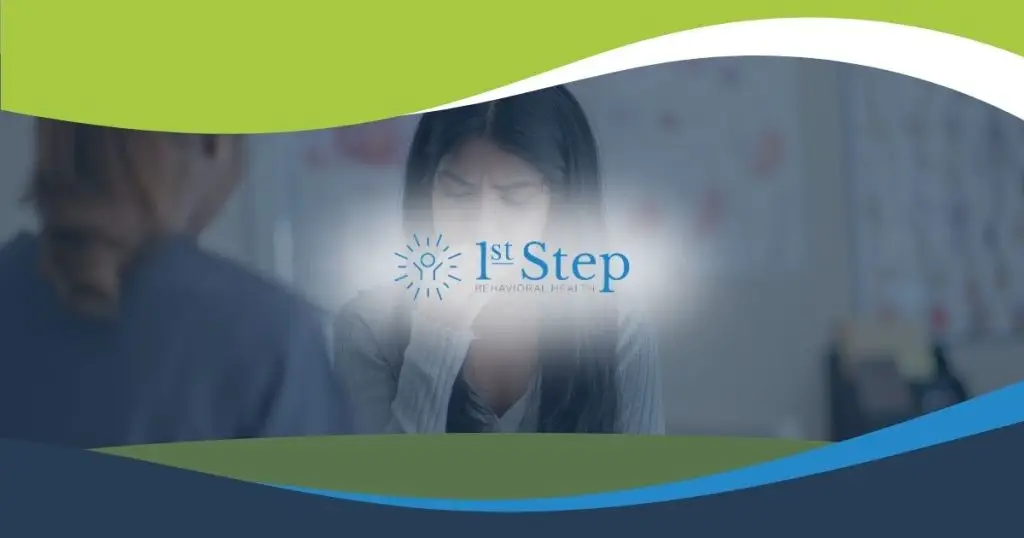Millions of people in the United States take prescription medications. People may take prescription drugs to manage symptoms or treat medical conditions.
While many people believe that prescription drugs are harmless, many have the risk of misuse and addiction. Opioid painkillers are among this group.
Prescription opioid painkillers are highly addictive. People may become physically dependent on them quickly–even when taking them as prescribed. The risk for addiction is even higher among people who misuse these potent drugs.
This article will explore painkiller addiction. You will learn how to recognize painkiller abuse and what to expect during a painkiller addiction treatment program in Pompano Beach.
Reach out to the First Step Behavioral Health specialists now to learn about our evidence-based treatment programs. Our admissions staff will answer questions, verify your insurance, and set up an intake evaluation.
Prescription Painkiller Abuse: An Overview
Pain is a part of life. Many people live with aches and pains from injuries, medical conditions, or aging.
Doctors sometimes prescribe opioid painkillers to help people struggling with moderate to severe pain. People may rely on opioid medications after having surgery or sustaining a severe injury. Some people may take opioids to manage chronic pain.
Common prescription painkillers include:
Opioids work by binding to receptors in the brain. These drugs affect parts of the brain related to emotional regulation, pleasure, and pain control.
When people take opioids, they may experience relaxation or euphoria. Euphoria is an intense feeling of pleasure and well-being. People may like these feelings and misuse the medication.
Prescription drug misuse includes:
- Taking a larger dose than prescribed
- Using a medication differently than prescribed, such as crushing and snorting the pills
- Taking a drug for a longer period than prescribed
- Taking a medication more often than prescribed
Misusing opioid painkillers can lead to tolerance. Tolerance is a sign that your body has adjusted to a specific dose of a drug. People with tolerance may discover they need to take larger and larger doses of a drug to get the desired effects.
Health care professionals typically prescribe opioids for short periods to minimize the risk of opioid dependence or addiction. However, some people still develop dependence on these drugs.
Because opioids produce pleasurable side effects, some people use them without a prescription. They may steal others’ prescription drugs or buy them on the street.
Painkiller Addiction and Withdrawal
If you become addicted to painkillers and suddenly stop taking them, you are likely to experience opioid withdrawal symptoms. Common opioid withdrawal symptoms include:
- Excessive sweating
- Elevated body temperature
- Chills
- Insomnia
- Nausea and vomiting
- Elevated heart rate and blood pressure
- Intense body aches
- Bone pain
- Strong cravings
These symptoms can make people feel miserable. Detox can take many days or weeks, and symptoms can be intense. Many people who attempt to detox at home are unable to avoid relapse.
It is crucial to have medical and emotional support during detox. Completing a comprehensive treatment program is essential so that you can avoid relapse.
What to Expect in a Painkiller Rehab Center in Pompano Beach
Prescription drug addiction is a severe and complex condition. If you or someone you love struggle with drug and alcohol addiction, you need professional treatment.
Here is what to expect from a prescription painkiller addiction treatment facility.
Evaluation
Before admission into a drug and alcohol rehab, you will undergo an evaluation. This evaluation will determine what type of treatment you need during detox and recovery.
Medication-assisted treatment (MAT) and Detox
A MAT program can help you manage withdrawal symptoms during detox. You may receive medications to reduce cravings and relieve physical symptoms of withdrawal. Common medications used in MAT for opioid addiction include:
- Suboxone
- Methadone
- Buprenorphine
- Clonidine
You will also receive emotional support. You may participate in individual and group therapy during detox.
Comprehensive Treatment
After detox, you will participate in treatment to identify the roots of your substance use and learn to avoid relapse. Your treatment plan may include:
- Medications
- Individual and group therapy
- Behavioral therapies, including cognitive behavioral therapy (CBT) and dialectical behavior therapy (DBT)
- Education and therapy for family members
- Mental health treatment
- Exercise, nutrition support, mindfulness, and other holistic therapies
- Aftercare planning
Substance use disorder (SUD) treatment is available in several levels of care. You may attend an inpatient rehab program first, then transition into outpatient treatment later.
The time you need to recover depends on personal factors, including:
- The severity of your addiction
- Your environment
- Your general health
- Co-occurring mental health conditions
After completing treatment, you must continue to care for your mental and physical health. You must follow an aftercare plan to stay committed to recovery after rehab.
Find a Painkiller Addiction Treatment Program in Pompano Beach Today
If you or someone in your life needs treatment for painkiller addiction in Pompano Beach, you are not alone. Reach out to the team at First Step Behavioral Health to explore our comprehensive treatment programs.

